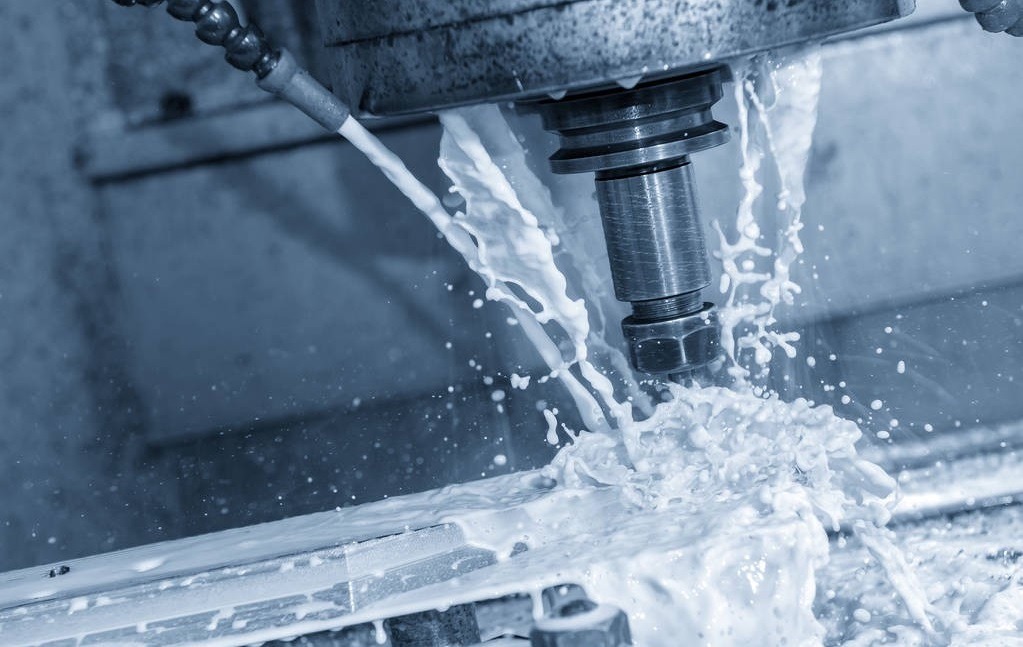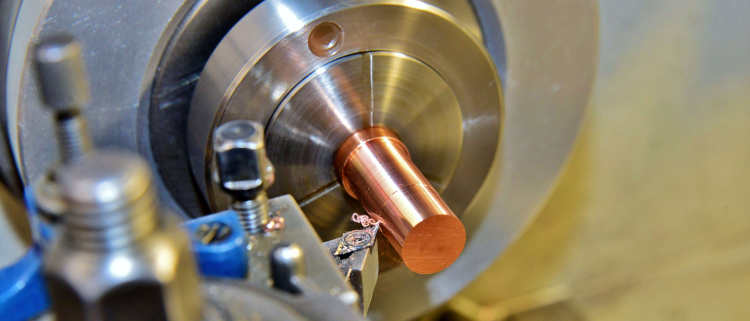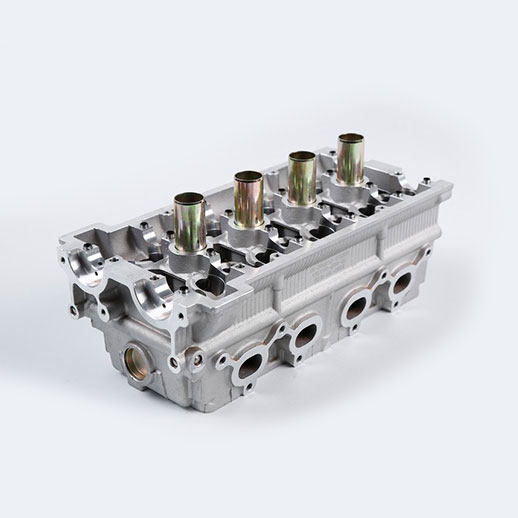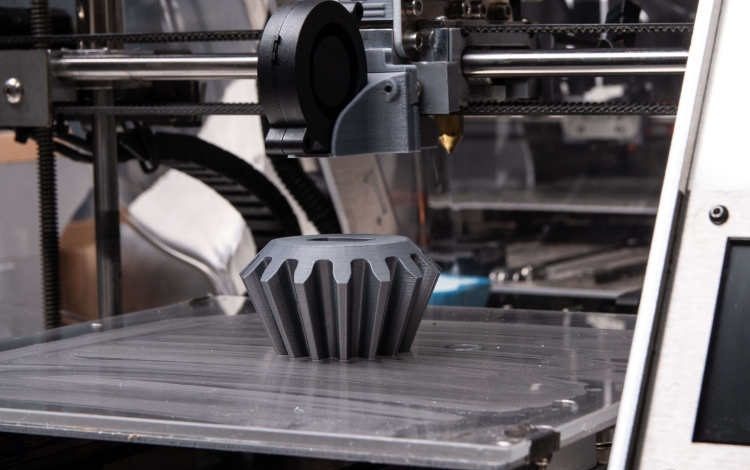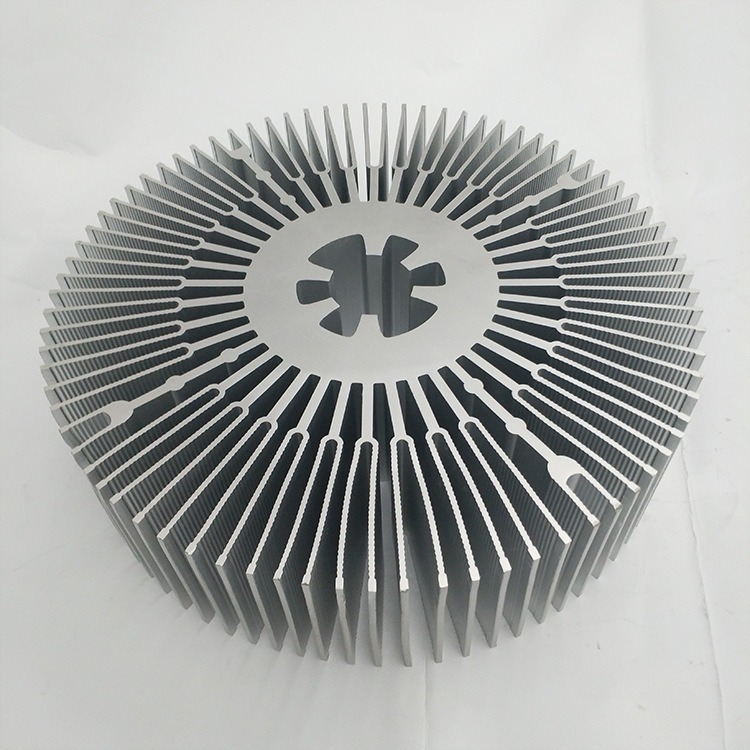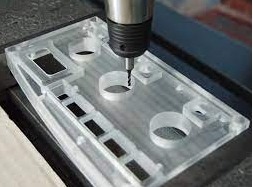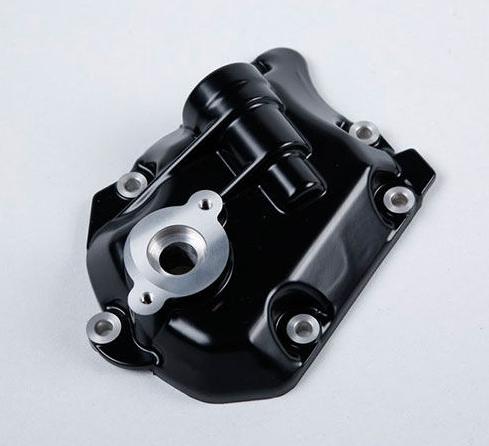Using computer-controlled tools, CNC milling is a precise and adaptable manufacturing process that creates intricate shapes and features out of solid blocks of material. Aluminum 6061-T6, a material that is renowned for its blend of strength, lightweight, and ease of machining, is one of its best materials. It is machinable enough to realize even the most intricate designs, light enough for aerospace components, and strong enough for demanding applications such as bicycle frames. Its polished appearance is further enhanced by its natural resistance to corrosion and smooth finish. A strong combination of material and technology makes CNC milling aluminum 6061-T6 an excellent choice for projects in a variety of industries. The article’s goal is to assist you in deciding whether CNC milling 6061-T6 aluminum is the best option for your requirements.
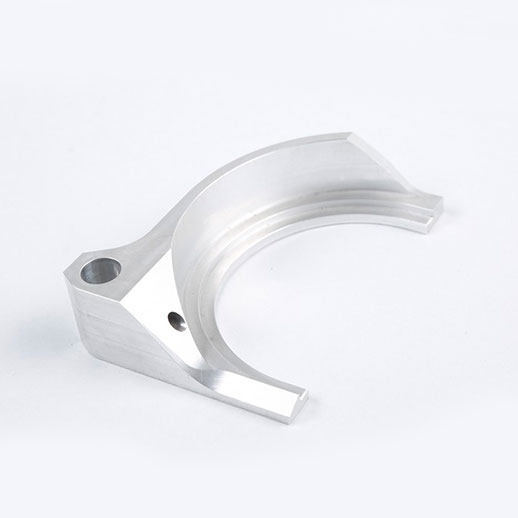
Factors to Consider
- The complexity of design: Even with their amazing power, CNC machines are limited in how far they can reach, how easily they can access tools, and how well they can handle complex geometries. Complex feature machining takes longer, which affects the schedule of your project. It can be difficult to reach confined areas while maintaining accuracy, which could lower the quality of the finished product. When working with intricate designs, aluminum 6061-T6 has its limitations despite its versatility.
- Material properties: Various applications call for particular weights and strengths. Although aluminum 6061-T6 has a good balance, lighter alloys like 5052 may be sufficient for simpler parts, and stronger alloys like 7075 may be required for high-stress applications. Because copper has a higher conductivity than aluminum 6061-T6, using aluminum for heat sinks may not be the best option. Although aluminum 6061-T6 resists corrosion fairly well, it might not be the best choice for harsh environments like seawater.
- Cost and volume of production: The setup costs for CNC machining, such as programming and tool preparation, can greatly raise the cost per unit for one-off prototypes or small batches. For small quantities, other methods like 3D printing might be more cost-effective. In contrast, CNC milling performs best in higher volume production runs.
- Requirements for accuracy and surface finish: Although aluminum 6061-T6 is a versatile material, its achievable accuracy and surface finish are limited. Using this material on a CNC mill might make it impossible to achieve incredibly smooth finishes or very tight tolerances. Under such circumstances, it might be necessary to take into account substitute materials or manufacturing techniques.
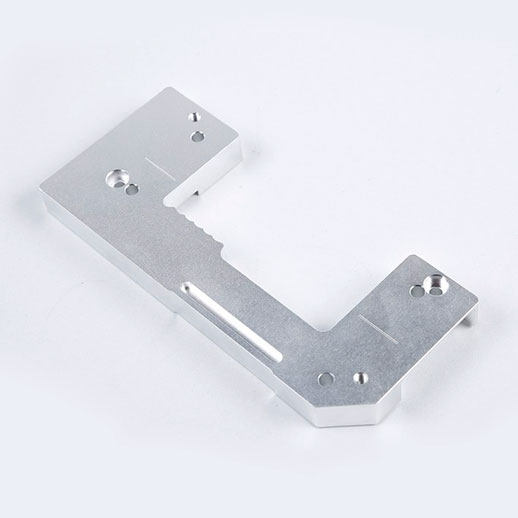
Advantages of CNC Milling Aluminum 6061-T6
Knowing the advantages of CNC milling aluminum 6061-T6 allows you to weigh those benefits against the needs of your project and determine if it’s the right choice. For example, this combination would be a strong contender if your project requires a strong, lightweight part with a smooth finish.
- Versatility and precision: A variety of parts with intricate geometries and close tolerances can be produced using the flexible and accurate CNC milling of aluminum 6061-T6. Strong and lightweight, aluminum 6061-T6 is an alloy that is simple to work with. A wide range of characteristics, such as strength, stiffness, resistance to corrosion, and thermal conductivity, can be achieved by using it to create parts.
- Strength and durability: The heat-treated aluminum alloy 6061-T6 has exceptional strength and durability. This is because alloying elements like silicon and magnesium are added to the aluminum. These components strengthen and harden the alloy, increasing its resistance to deterioration.
- Surface finish: One advantage of CNC milling aluminum 6061-T6 is its ability to produce a wide range of surface finishes, from rough to smooth and polished. It is therefore a wise option for applications where surface finish matters.
- Design freedom: The ability to create intricate shapes and features with extreme precision is one of the benefits of CNC milling aluminum 6061-T6. This is because the material is removed from a solid block of aluminum by CNC milling, which uses a rotating cutting tool. Parts with intricate details and internal features can be created thanks to the wide range of geometries and tolerances that this process allows for.
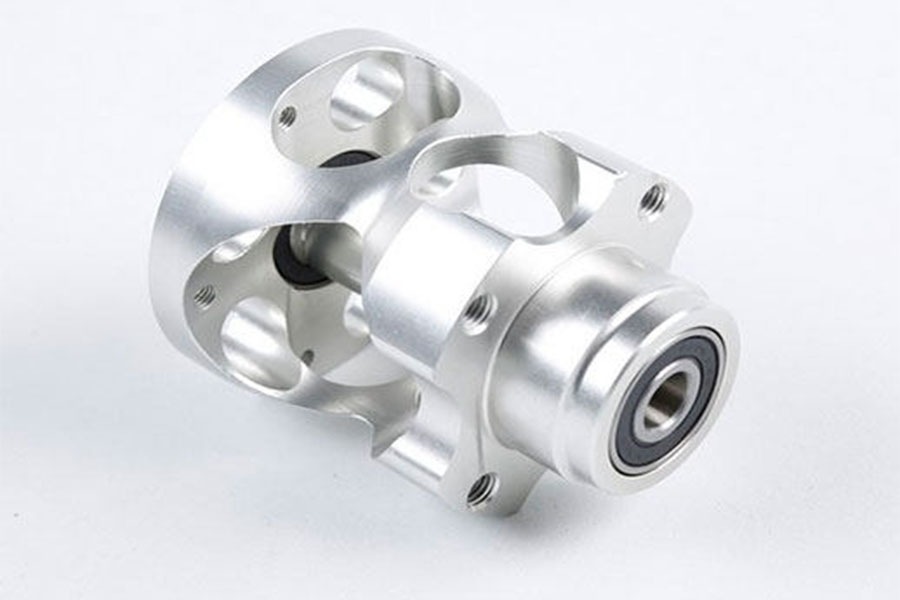
Potential Drawbacks and Alternatives
- Cost: Although CNC milling is a versatile and accurate manufacturing process, it can be costly. The complexity of the part, the quantity required, and the cost of the materials and tools all affect how much CNC milling will cost.
- Design constraints: CNC milling’s strength lies in its ability to achieve intricate features and complex geometries, but it can also have drawbacks. Certain designs might be too complicated for CNC milling, or they might call for specific equipment or methods that add to the cost or turnaround time.
Making the Decision
Establish a framework for making decisions based on the previously listed factors. Your decision is guided away from hunches and gut feelings by the framework, which lays out important factors like part complexity, budget, and lead time. Every element is given the weight it deserves, resulting in a comprehensive study. The framework is not a strict set of rules, but rather a tool. Customize it for your unique project, and don’t be afraid to ask professional CNC machinists for advice when necessary. By having a clear grasp of your requirements and the relevant variables, you can make the most of CNC milling aluminum 6061-T6 and execute your projects with accuracy and effectiveness.


